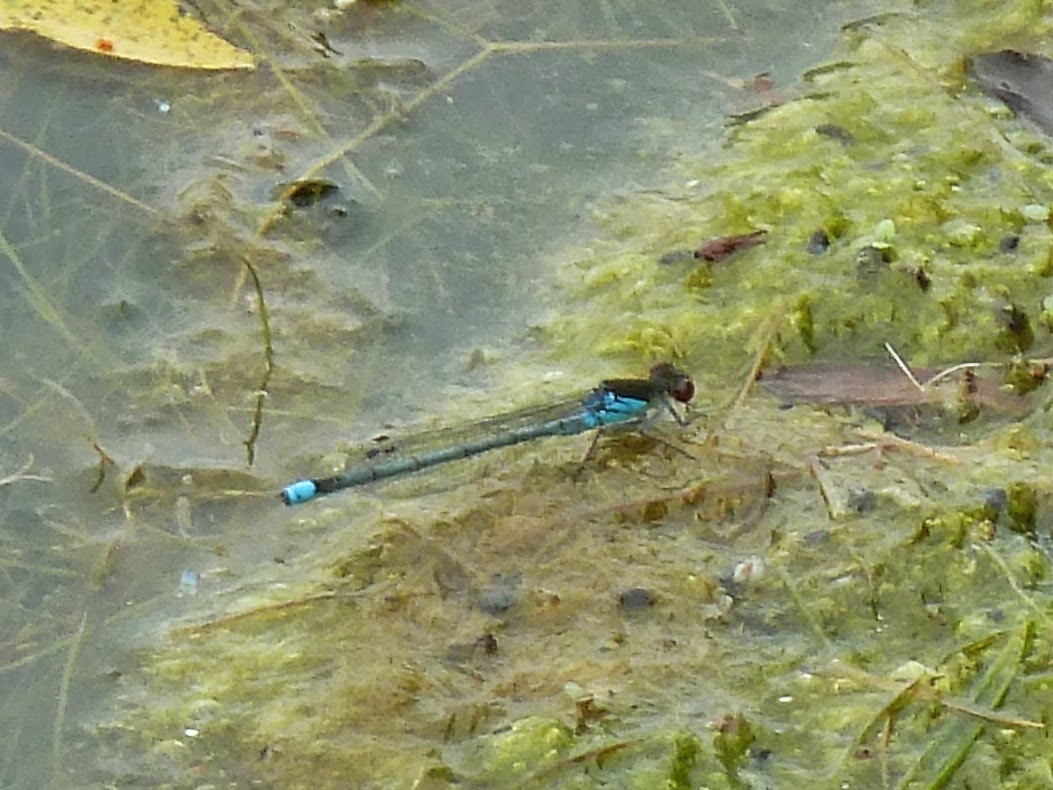Sightings and news for the Naturewatch group of Great and Little Abington in Cambridgeshire, UK. See below for more details and information on how to join.
Sunday, 27 July 2014
Sunday, 20 July 2014
Tuesday, 15 July 2014
Friday, 11 July 2014
Beech Wood trip - 30th May
Thursday, 10 July 2014
Bee Orchid
Monday, 7 July 2014
River Sampling - 2nd July 2014
Saturday, 5 July 2014
Fen Drayton Lakes - 5th July
We saw or heard a variety of birds and some butterflies but the most numerous sightings were of damsel flies. Most common was Common blue (Enallagma cyathigerum); we also saw Blue-tailed Damselfly (Ischnura elegans) and Banded demoiselle (Calopteryx splendens) in reasonable numbers.
 |
| Blue-tailed Damselfly |
 |
| Common blue damselfly |
 |
| Common blue damselfly (JH) |
 |
| Banded demoiselle |
 |
| Red-eyed damselfly |
 |
| Cinnabar Moth caterpillar (JH) |
 |
| Red Admiral butterfly |
 |
| Ladybird larva |
Tufted
Duck
|
Chiff
Chaff
|
Lapwing
|
Pochard
|
Common Tern
|
Greenfinch
|
Dabchick
|
Reed
Warbler
|
Black Headed Gull
|
Mallard
|
Red
Kite
|
Heron
|
Great Crested Grebe
|
Wren
|
Egyptian Goose
|
Coot
|
Sedge
Warbler
|
Greylag Goose
|
Cormorant
|
Blackcap
|
Whitethroat
|
Gadwall
|
Starling
|
Little Egret
|
Moorhen
|
Green Woodpecker
|
|
Mute Swan
|
Reed Bunting
|
The Aims of Abington Naturewatch
At their meeting on 9 April 2005 the members approved this revised version of the aims of Abington Naturewatch:
- To monitor and record the wildlife (fauna & flora) within the borders of the Abingtons;
- To encourage protection of our wildlife, maintain its quality and foster its diversity;
- To promote awareness of the richness, potential and problems of the natural environment of the Abingtons;
- To cooperate in improving access to the local natural environment for the benefit of all Abington villagers.
The organisation is informal and communication is by email if possible; members are notified of events from time to time. Contact details are maintained by a small "project team". There is currently no membership fee as costs are covered by voluntary contributions at events.
Members are encouraged to report notable sightings of flora and fauna within the Abingtons to the appropriate sector coordinator and an illustrated record is published annually.
A map of the area covered, with some features noted, is available here: http://maps.google.co.uk/maps/ms?ie=UTF8&hl=en&msa=0&msid=213774935674882866424.00000111dca2be9f06ab8&z=13>
For more information or to join, please contact David Farrant on (01223) 892871.
Contributions to our records should be sent to sector contacts or either of the above. Photographs may also be submitted to Andy Merryweather (amerryweather61@gmail.com)
















